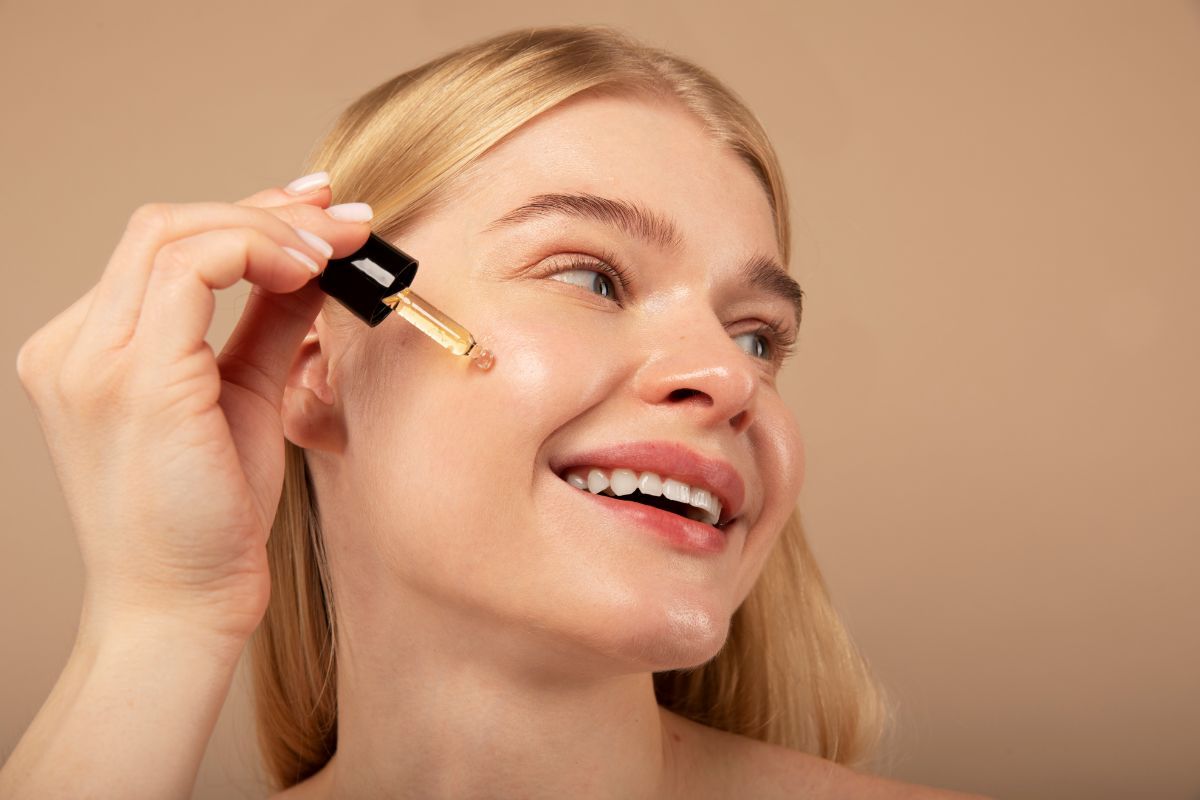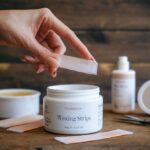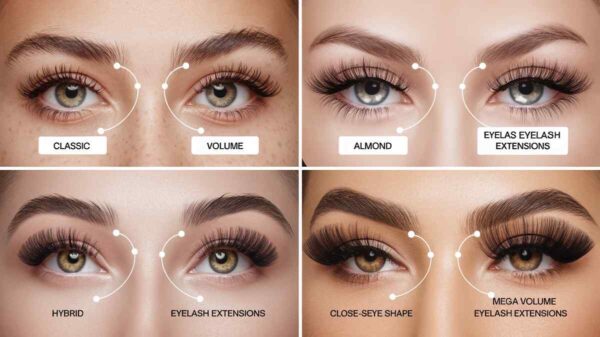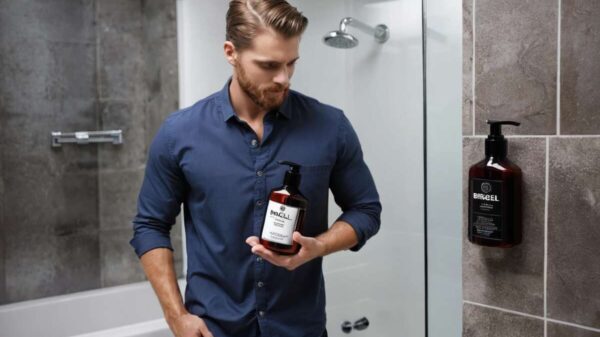Introduction to Frankincense Oil
What is Frankincense Oil?
The resin of the Boswellia tree is the source of the essential oil frankincense, which is indigenous to the arid regions of the Middle East & Africa. This oil has a deep, woody, and slightly spicy aroma, and it has been used historically in religious ceremonies and for its medicinal properties. The therapeutic benefits of frankincense oil are attributed to its rich composition of chemical compounds, including boswellic acids, which contribute to its healing and anti-inflammatory effects.
The History of Frankincense Oil
Frankincense has a long history of use that dates back to ancient civilizations. It was highly appreciated in ancient Egypt and used in religious rituals, mummification, and perfumes. In Biblical times, frankincense was one of the gifts presented to Jesus by the Magi, symbolizing its sacred and valuable nature. The historical significance of frankincense highlights its enduring role in spiritual and therapeutic practices throughout the ages.
The Benefits of Frankincense Oil for Facial Skin
Anti-Aging Properties
Frankincense oil is renowned for its anti-aging benefits, which can help maintain youthful, radiant skin. This essential oil promotes skin cell regeneration, which helps reduce the seeming of fine lines & wrinkles. By stimulating cell renewal, frankincense oil supports the skin’s natural repair processes and enhances elasticity. Frankincense oil can help you achieve a smoother, firmer complexion over time.
Astringent Effects
One critical benefit of frankincense oil is its astringent properties. Astringents tighten the skin and reduce the size of pores, leading to a more refined and smooth skin texture. Frankincense oil’s natural astringent action helps manage excess oil production & minimizes the appearance of pores, contributing to a more transparent and even skin tone.
Anti-Inflammatory Benefits
Frankincense oil possesses strong anti-inflammatory properties that can calm and soothe irritated skin. This makes it particularly effective for conditions such as acne, rosacea, and other forms of inflammation. By reducing redness and swelling, frankincense oil helps to alleviate discomfort & promote a more balanced complexion.
Antiseptic Qualities
The antiseptic properties of frankincense oil are beneficial for maintaining skin health. They help eliminate harmful bacteria on the skin’s surface, preventing acne breakouts and other skin infections. By addressing bacterial imbalances, frankincense oil supports clearer skin and helps prevent future skin issues.
Skin Regeneration and Repair
Frankincense oil is highly effective for skin regeneration and repair. It aids in healing damaged skin and helps reduce the appearance of scars and blemishes. This oil’s regenerative properties promote the formation of new, wholesome skin cells, leading to a smoother & more even skin texture.
Moisturizing and Hydrating
Frankincense oil can deeply moisturize and hydrate dry or sensitive skin. Combined with carrier oils or added to skincare products, it helps lock in moisture & prevent skin dehydration. This hydrating effect keeps the skin soft, smooth, and well-nourished, making it an excellent choice for dry or flaky skin.
Skin Tone and Texture Improvement
In addition to its other benefits, frankincense oil helps improve skin tone and texture. By promoting cell turnover, this oil aids in evening out skin tone and smoothing out rough patches. Regular use can result in a more radiant and balanced complexion, enhancing the overall appearance of your skin.
Choosing the Right Frankincense Oil
Types of Frankincense Oil
When selecting frankincense oil, reputable types, primarily Boswellia sacra and Boswellia serrata, are essential. Boswellia sacra is often considered superior due to its high quality and rich therapeutic properties, but Boswellia serrata is also effective and more widely available. Understanding these variances can help you select the best product for your skincare needs.
How to Select High-Quality Frankincense Oil
To ensure you get high-quality frankincense oil, look for products labeled as 100% pure and therapeutic-grade. High-quality frankincense oil should be free from synthetic additives or fillers. It should have an amber or yellow color and a rich, resinous scent. Additionally, check for third-party testing or certifications that verify the oil’s purity and potency.
Preparing Your Skin for Frankincense Oil Application
Cleansing Your Face
Before applying frankincense oil, starting with a clean face is essential. Use a gentle cleanser appropriate for your skin type to remove dirt, oil, and makeup. Proper cleansing ensures your skin is free from impurities and allows the oil to be absorbed more effectively. Clean skin provides a fresh canvas for the frankincense oil to work its benefits.
Drying Your Skin
After cleansing, gently pat your look dry with a clean, soft towel. Don’t rub, as this can aggravate the skin. Patting your face dry helps maintain the skin’s natural moisture balance and prepares it for applying frankincense oil. Proper drying ensures that the oil can penetrate the skin more effectively.
Methods for Applying Frankincense Oil to Your Face
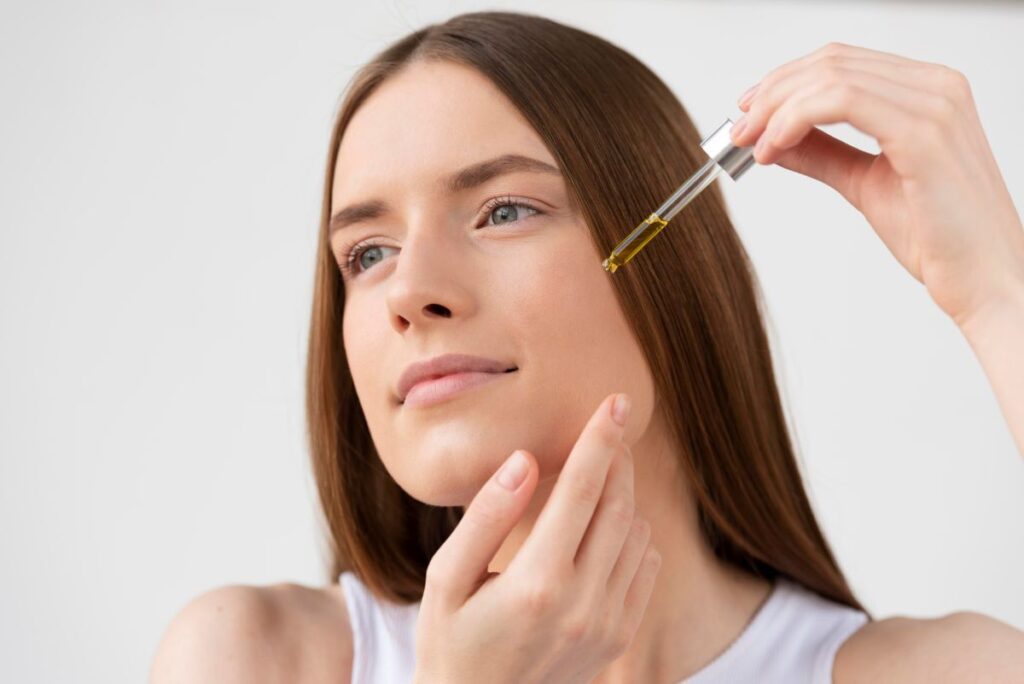
Direct Application of Frankincense Oil
Directly applying frankincense oil involves mixing a few drops Using a carrier oil like jojoba or almond oil. Gently massage the mix into your face using upward circular motions. This method allows the oil to penetrate the skin, effectively delivering its therapeutic benefits deeply. This straightforward approach is ideal for those new to using essential oils.
Adding Frankincense Oil to Skincare Products
Moreover, you can use frankincense oil in your current skincare regimen. Mix a few drops of the oil into your daily moisturizer, serum, or face cream. This method allows you to integrate the benefits of frankincense oil into your current skincare routine without making significant changes. It is a convenient way to enhance the effectiveness of your existing products.
Using Frankincense Oil in a Facial Steam
Facial steaming with frankincense oil involves adding a few drops to a bowl of boiling water and positioning your face over the steam with a towel over your head. This method opens up your pores and enhances the absorption of the oil into your skin. This relaxing treatment can be incorporated into your skincare routine for added benefits.
Creating a Frankincense Oil Face Mask
A DIY face mask made with frankincense oil offers a nourishing treatment for your skin. Combine frankincense oil with natural ingredients like honey or yogurt to create a mask. Apply the mask to your face and leave it on for 15-20 minutes before rinsing. This mask hydrates the skin and utilizes the oil’s regenerative properties for a glowing complexion.
Advanced Uses of Frankincense Oil for Facial Care
Combining Frankincense Oil with Other Essential Oils
Combining frankincense oil with other essential oils can improve its effects and address various skin concerns. For example, blending frankincense oil with lavender oil creates a calming and rejuvenating facial treatment. Lavender oil complements frankincense’s properties with its soothing effects. Similarly, combining frankincense oil with tea tree oil enhances its antiseptic benefits, making it an effective remedy for acne-prone skin. Mix a handful of each oil with a carrier oil & apply it to your face to enjoy the combined benefits.
Incorporating Frankincense Oil into Your Nighttime Skincare Routine
Incorporating frankincense oil into your nighttime skincare routine can be particularly effective due to the skin’s natural repair processes during sleep. Add a handful of drops of frankincense oil to your evening moisturizer or face serum. This allows the oil to work overnight, supporting skin regeneration and addressing issues like wrinkles, dullness, and uneven texture.
Using Frankincense Oil in a Facial Massage
Facial massage with frankincense oil is a relaxing way to enhance the oil’s benefits. Dilute the oil with a carrier oil and gently massage it into your skin using rounded movements. Focus on areas prone to tension, like the jawline and temples, while applying light pressure. This technique improves circulation, relieves stress, and aids in deeper absorption of the oil’s therapeutic properties.
DIY Recipes Featuring Frankincense Oil
Revitalizing Frankincense and Rose Water Facial Mist
To create a revitalizing facial mist, combine one tablespoon of rose water with three to five drops of frankincense oil in a small spray bottle. Spritz your face as needed after giving the mixture a good shake to combine the ingredients. This facial mist hydrates and rejuvenates the skin, providing frankincense oil’s anti-aging and soothing benefits.
Frankincense Oil and Honey Nourishing Face Mask
Mix two tablespoons of raw honey with five drops of frankincense oil for a nourishing face mask. Apply the mixture evenly to your face and leave it on for 15-20 minutes before rinsing with warm water. Honey’s natural humectant properties and frankincense oil’s regenerative effects provide deep hydration and a radiant complexion.
Frankincense Oil and Green Tea Anti-Aging Face Serum
To make an anti-aging face serum. Brew a cup of green tea and let it cool. Combine two tablespoons of the cooled tea with three drops of frankincense oil and one tablespoon of carrier oil, such as jojoba or rosehip. Mix well and apply to your face using gentle, upward strokes. This serum uses green tea’s antioxidants and frankincense oil’s rejuvenating properties to combat signs of aging.
Expert Tips for Maximizing the Benefits of Frankincense Oil
Choosing the Right Carrier Oil
Choosing the right carrier oil is essential for effectively using frankincense oil on your face. Jojoba oil mimics the skin’s natural sebum and is an excellent option for balancing oil production. Rosehip oil, rich in vitamins A & C, supports skin repair and regeneration. Look for high-quality, cold-pressed carrier oils with frankincense oil for the best results.
Establishing a Consistent Skincare Routine
Consistency is vital in skincare. To achieve the best results with frankincense oil, incorporate it into your daily skincare routine. Whether applied directly, mixed with other products, or used in a mask, regular application will help you maintain the oil’s benefits over time. Stick to a regular that suits your schedule and needs for optimal results.
Monitoring Your Skin’s Response
It is essential to note how your skin responds to frankincense oil. Although generally well-tolerated, individual reactions can vary. Observe your skin for any indicators of irritation or discomfort and adjust the frequency or method of use if necessary. Keeping a skincare journal can help track changes and find the most effective way to use frankincense oil for your skin type.
Incorporating Frankincense Oil into a Holistic Skincare Approach
To fully benefit from frankincense oil, combine its use with other healthy skincare practices. Maintain a balanced diet, stay hydrated, and protect your skin from excessive sun exposure. A holistic approach to skincare, incorporating essential oils like frankincense, supports overall skin health and wellness.
Conclusion
Frequently Asked Questions (FAQ)
How do I dilute frankincense oil for facial use?
Frankincense oil should always be diluted before applying it to your face. A general guideline is to blend 1-2 drops of frankincense oil with a teaspoon of carrier oil, such as jojoba, almond, or rosehip oil. Carrier oils help weaken the essential oil and aid in its absorption into the skin. For sensitive skin, consider using a higher ratio of carrier oil, such as one drop of frankincense, to two teaspoons of carrier oil to minimize any potential irritation.
Can frankincense oil help with acne?
Frankincense oil can benefit acne-prone skin due to its antiseptic and anti-inflammatory properties. It helps to reduce bacteria on the skin's surface, which can prevent acne breakouts, and its anti-inflammatory effects calm existing acne. You can use frankincense oil in facial steam for acne treatment, mix it with a carrier oil for direct application, or blend it with tea tree oil for enhanced effects.
Are there any side effects of using frankincense oil on the face?
Frankincense oil is generally considered safe for most people but can sometimes cause side effects. Potential side effects include skin irritation, redness, or a rash, significantly if the oil is not diluted correctly. Always dilute frankincense oil with carrier oil to avoid these issues, and perform a patch test before completing the application. If you experience any adverse reactions, discontinue use & consult a dermatologist.
How can I store frankincense oil to maintain its potency?
To maintain the potency of frankincense oil, Keep it out of direct sunlight & heat sources in a cold, dark place. Essential oils are susceptible to variations in temperature and light, which can degrade their quality over time. Keeping the oil in a tightly sealed, dark glass bottle will also help preserve its effectiveness. Proper storage ensures you get the maximum benefits from the oil for as long as possible.
Is frankincense oil suitable for all skin types?
Frankincense oil suits most skin types, including dry, oily, and combination. Its anti-aging and moisturizing properties benefit dry skin, while its astringent effects help manage excess oil in oily skin. If you have sensitive skin or a particular skin problem, doing a patch test before using frankincense oil is essential. If you have any concerns, consulting a dermatologist can help you choose the best action for your skin type.
Can pregnant or breastfeeding women use frankincense oil?
Pregnant & breastfeeding women should use essential oils with caution. While frankincense oil is generally considered safe, it is best to confer with a healthcare expert before using it during pregnancy or breastfeeding. A medical professional can offer personalized advice and ensure that frankincense oil is safe for both mother and baby.

